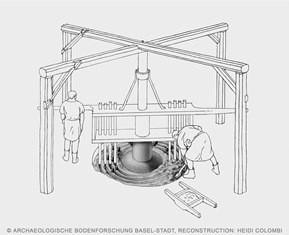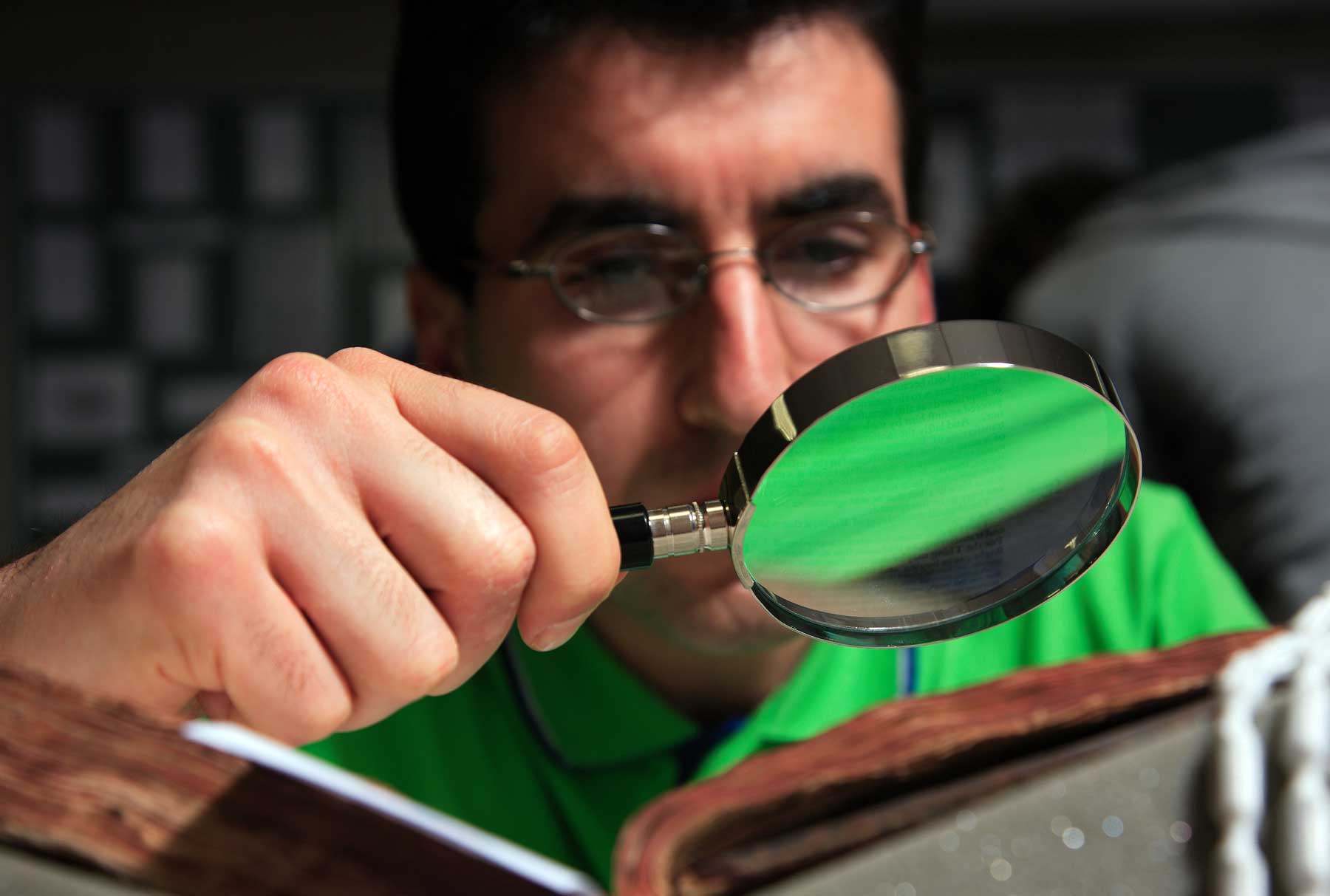RESTOMO
Reintroducing Stone and Mortar
Project description
In the Early Middle Ages stone architecture was reintroduced to many parts of Europe by secular and ecclesiastical authorities who recruited building specialists from distant regions.
This project will analyse how and why this radical change from wood to stone architecture took place by investigating the:
- movements
- materials
- methods
- motivations
of builders and patrons. Previous research has focused on texts and objects. For example, Bede speaks of workmen from "Francia" building Wearmouth abbey.
There in Wearmouth also remains of mechanical mortar mixers have been found, an archaeological feature that is known from numerous sites between Naples and Newcastle.

GIS-based analysis of the historic landscape
The best-known group of expert builders, the so-called “magistri commacini”, is connected to historical sources (e.g. "Leges Langobardorum") and finds (e.g. S-Z-styli) as well.
At the turn of the first Millennium Rodulfus Glaber sees the world clad in a “white mantle of churches” by building activity. The stone buildings had influence on the way people experienced the landscape as well as the inside of the buildings enabled them to new ways of visual and aural impressions. Even before that, change could be perceived with the setting up of the building site.
In this project, the traditional approach will be complemented and contrasted using a GIS-based analysis of the historic landscape and building materials in three selected regions where previous scholarship offers excellent foundations for new research: England, Switzerland, and Italy.
At the regional scale, the research will examine geomorphologic conditions and natural resources in relation to travelling routes, settlement patterns and density of population in the Early Middle Ages.
This will create a clearer picture of the respective living and working conditions of the building specialists as well as the resources, connections and intentions of their employers.
3D-photogrammetry and analysis of building materials developed in each of the detailed case-studies will allow insights into the individual buildings’ histories and the materials and methods used for their construction.
Publications
Hueglin S., Medieval Mortar Mixers Revisited. Zeitschrift für Archäologie des Mittelalters 39, 2011, 189-212.
- Dates: From September 2014 to August 2016
- Project Staff: Sam Turner
- Sponsors: FP7 (People), Marie Curie Intra-European Fellowship
